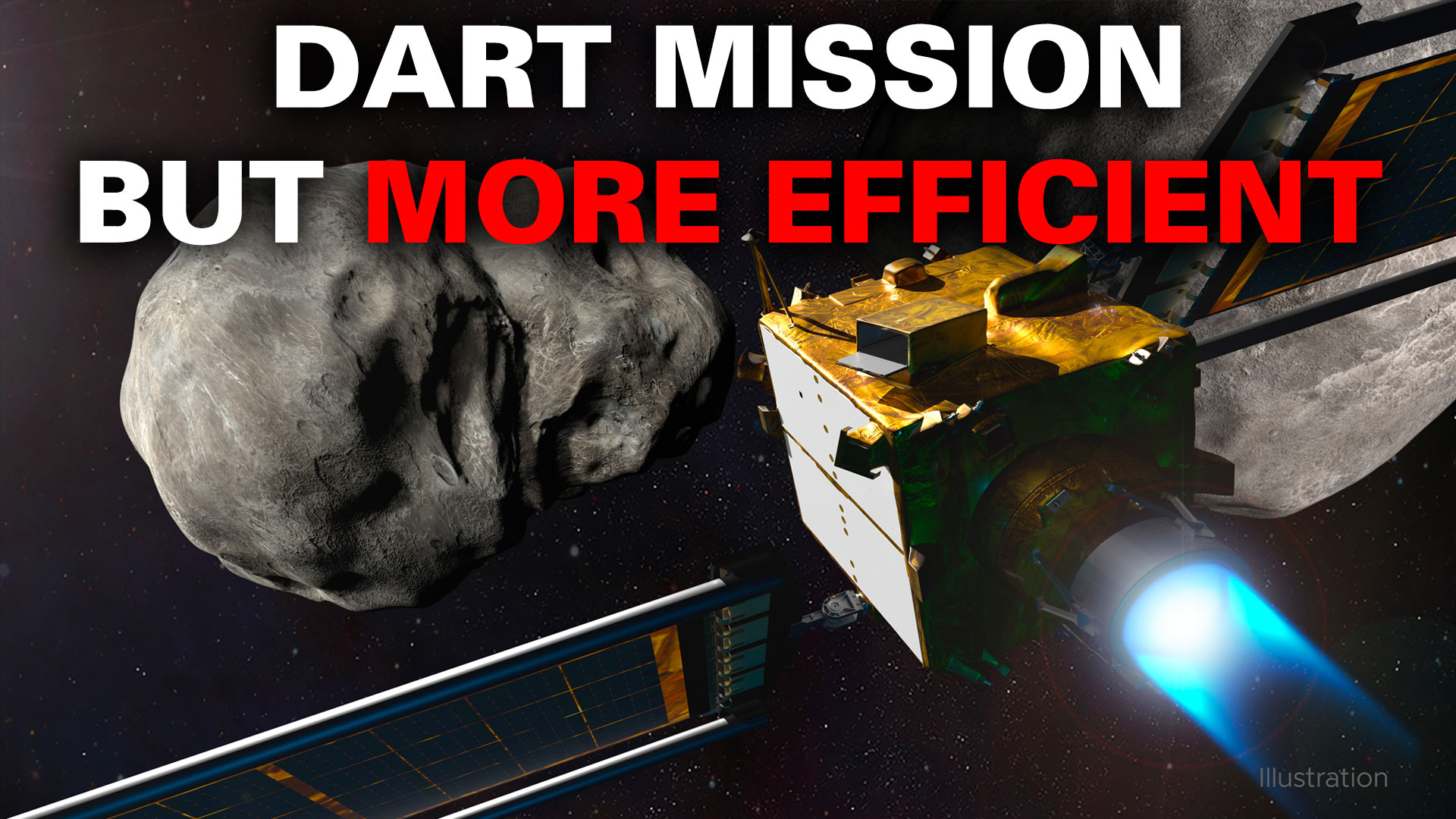Like many of you, I loved Deep Impact and Armageddon. Great films, loads of action and of course, an asteroid on collision course with Earth. What more is there to love! Both movies touched upon the options for humanity to try and avoid such a collision but the reality is a little less Hollywood. One of the most common options is to try some sort of single impact style event as was demonstrated by the DART (Double Asteroid Redirection Test) mission but a new paper offer an intriguing and perhaps more efficient alternative.
The risk of an asteroid hitting Earth is a concern that astronomers have been actively engaged with for decades. The likelihood of a catastrophic event during any year is super low but the ‘impact’ should one occur make it worthy of serious consideration. At the lower end of the scale we may experience an incredible fireball but as the impactor size increases we can experience tsunamis, fires and a life shattering impact on our atmosphere.
Thankfully we are on the lookout. Efforts to detect and track pieces of space rock are constant and plans underway to develop strategies to defend ourselves. Despite all these best precautions though, the nature of asteroids lurking in space (small and often dark) means detection is like the proverbial cosmic needle in a haystack.

When – and it is when rather than if because there will come a day! – we discover an asteroid on a collision course then currently the plans tend to focus on a ‘big bang’ approach. This can either take the form of a slamming high speed impactor spacecraft into the object or by detonating a device in its proximity. Both approaches are a little ‘hit and hope’ though!
An intriguing alternative solution has been proposed in a paper by Nahum Melamed and Tom Heinsheimer that utilises the concept of material ejection to slowly adjust an objects trajectory. Their centrifugal propulsion technique involves landing a centrifuge and power supply on the surface of a potential impactor. The system would then collect portions of the astroid, eject them out into space allowing the momentum transfer of the recoil to slowly alter the path away from Earth.
The beauty of this approach first of all is that it is not hit and hope like the ‘big bang’ options. Instead it allows for “ejection, measurement and repetition” to fine tune its trajectory and provide further adjustments as necessary. The flexibility is another wonderful benefit that the landing site, asteroid spin and velocity can all be taken into account and the direction, timing and mass of ejections can be adjusted to suit.
The team believes that the approach could have deflected the Chelyabinsk and Tunguska sized asteroids with just a few weeks of operation and that asteroid Bennu (which poses a threat in the second half of the 22nd century) could be nicely deflected with just a few years of operation. The innovative and efficient solution looks set to be quite the game changer in planetary defence allowing Bruce Willis and his companions to hang up their space suits, sit back and watch.
Source : Applying centrifugal propulsion to enable asteroid deflection


While occasionally ridiculous, at least “Deep Impact” was suitably contemplative and TRIED to get the science right. But BOY how I hated “Armageddon.” What a horrid movie.